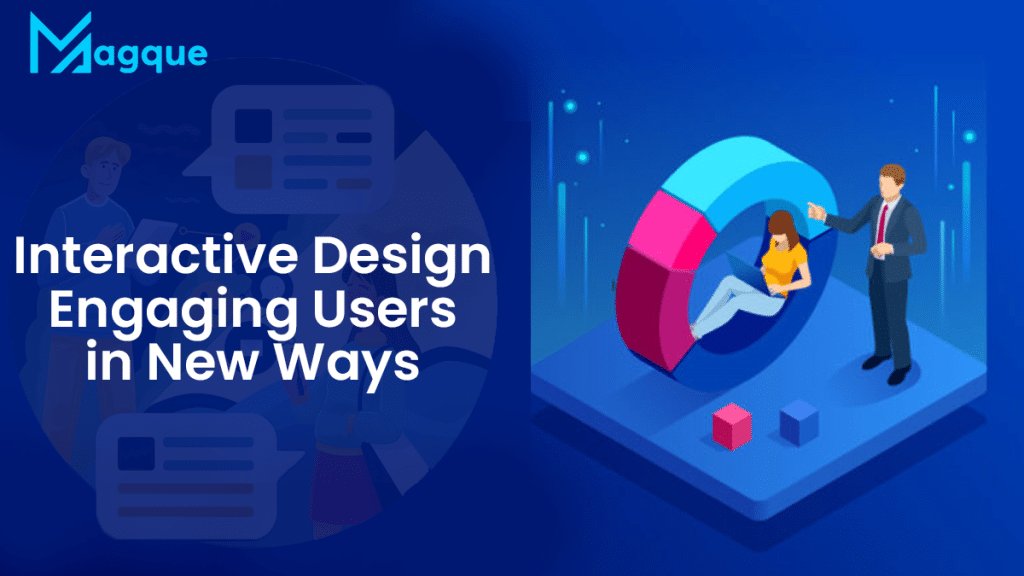Insurtech Innovations: Streamlining Insurance Processes with Interactive Design
In today’s fast-paced world, the insurance industry is undergoing a remarkable transformation thanks to the integration of cutting-edge technology. Insurtech, a blend of insurance and technology, is revolutionizing how insurance processes are managed, making them more efficient, accessible, and user-friendly.
Interactive Design: Engaging Users in New Ways
Interactive design plays a pivotal role in this digital revolution, offering innovative solutions to engage users in unprecedented ways. Imagine navigating through your insurance policy with the swipe of a finger or quickly filing a claim through an intuitive interface. These are just a few examples of how interactive design reshapes the insurance landscape, providing seamless experiences for insurers and policyholders.
Enhancing User Experience
One of the critical benefits of interactive design in insurtech is its ability to enhance the user experience. Insurers can create an engaging environment that simplifies complex processes by incorporating elements such as animations, micro-interactions, and personalized interfaces. Whether purchasing a new policy or renewing an existing one, users are guided through each step with clarity and ease.
Streamlining Insurance Processes
Gone are the days of lengthy paperwork and tedious form-filling. With interactive design, insurance processes are streamlined to save time and reduce friction. Features like chatbots and virtual assistants enable customers to get instant support and guidance, while dynamic forms adapt to their needs, making the entire experience efficient and hassle-free.
Empowering Customer Self-Service
Interactive design empowers customers to take control of their insurance journey. Policyholders can access their accounts, manage policies, and track claims anytime, anywhere through self-service portals and mobile apps. This level of convenience improves customer satisfaction and reduces operational costs for insurers.
Leveraging Data for Personalization
Insurtech leverages data analytics to personalize the insurance experience for each user. Interactive design takes this a step further by presenting relevant information visually compellingly. From personalized policy recommendations to real-time risk assessments, insurers can deliver tailored solutions that meet the unique needs of individual customers.
Driving Innovation in Claims Processing
Claims processing is often cited as one of the most cumbersome aspects of insurance. However, with interactive design, this process is undergoing a significant transformation. Mobile apps equipped with augmented reality allow users to instantly capture and submit photos of damage, while machine learning algorithms expedite claim assessment and approval.
Conclusion: Embracing the Future of Insurtech
In conclusion, interactive design is at the forefront of insurtech innovations, revolutionizing how insurance processes are managed and experienced. By prioritizing user engagement, streamlining processes, and leveraging data-driven insights, insurers can stay ahead of the curve and deliver exceptional value to their customers. As we continue to embrace the possibilities of technology, the future of insurance looks brighter than ever before.
Experience the power of interactive design with Magque, where we’re dedicated to transforming the insurance experience through innovation and creativity. Join us on this journey towards a more connected and user-centric insurance ecosystem. Together, let’s redefine the future of insurance with insurtech innovations.
Remember, the future of insurance is interactive, and Magque is leading the way. Join us and experience the difference today!
FAQs
Q1. What is Interactive Design?
Interactive design is a design approach that focuses on creating engaging experiences through user interaction. It involves designing interfaces, websites, applications, and other digital products to encourage users to participate and engage with the content actively.
Q2. How does Interactive Design benefit users?
Interactive design benefits users by providing them with intuitive and enjoyable experiences. By incorporating elements like animations, micro-interactions, and personalized interfaces, interactive design makes it easier for users to navigate complex processes, increasing satisfaction and engagement.
Q3. What are some examples of Interactive Design in action?
Examples of interactive design can be found across various industries and platforms. For instance, interactive maps that allow users to explore locations, interactive infographics that engagingly visualize data, and gamified learning platforms that make education fun and interactive are all examples of how interactive design is used to enhance user experiences.
Q4. How does Interactive Design contribute to business success?
Interactive design contributes to business success by improving user engagement, increasing customer satisfaction, and driving conversions. By creating enjoyable and memorable experiences, businesses can build stronger customer relationships, leading to higher retention rates and improved brand loyalty.
Q5. What are some best practices for implementing Interactive Design?
Some best practices for implementing interactive design include prioritizing user needs and preferences, conducting thorough user research and testing, keeping designs simple and intuitive, optimizing for different devices and screen sizes, and continuously iterating and improving based on user feedback. By following these best practices, designers can create compelling interactive experiences that genuinely resonate with users.
Read Also This:- Web Design Trends From Dark Mode to Microinteractions
